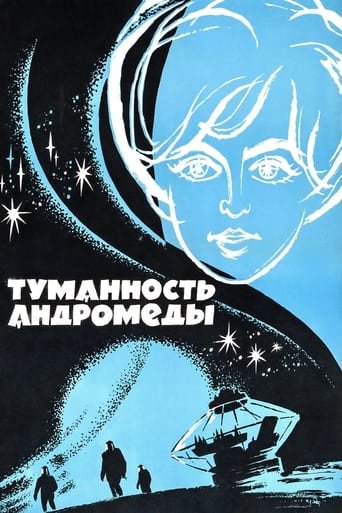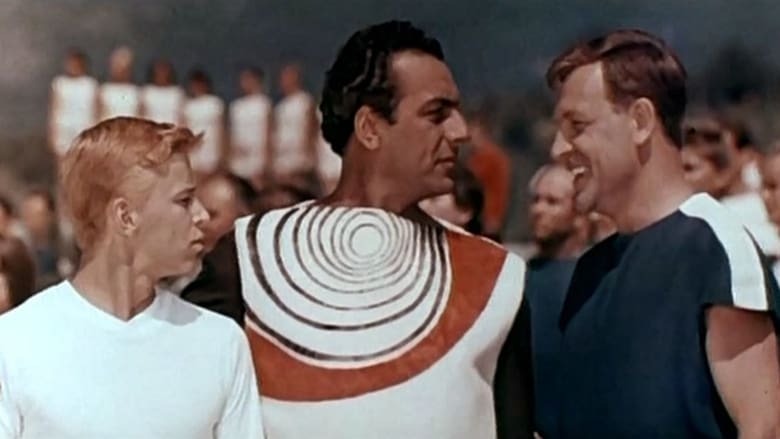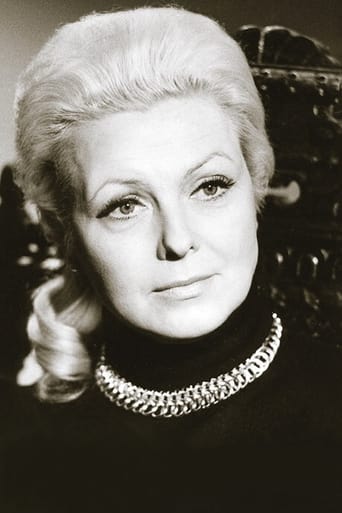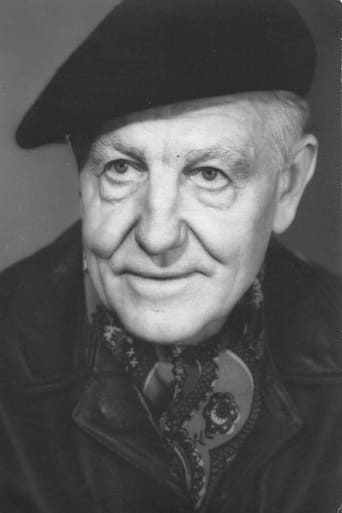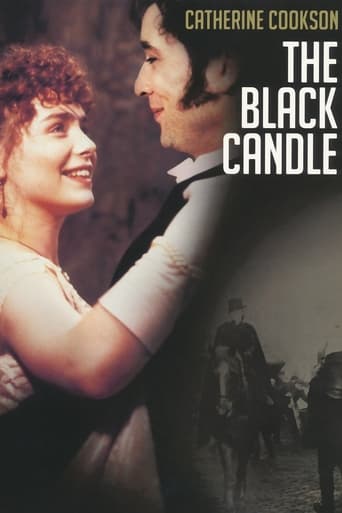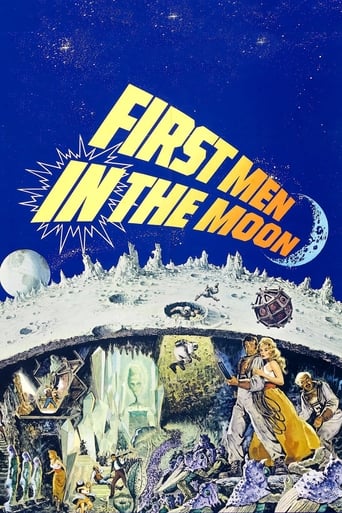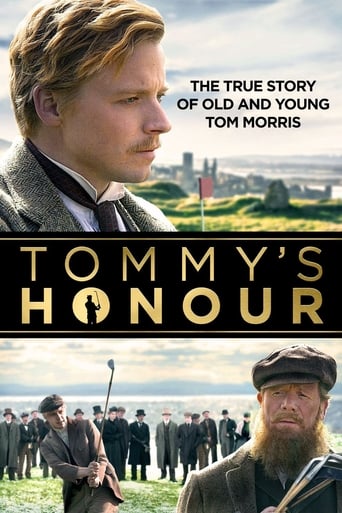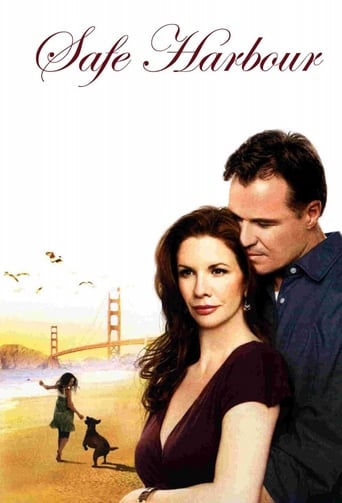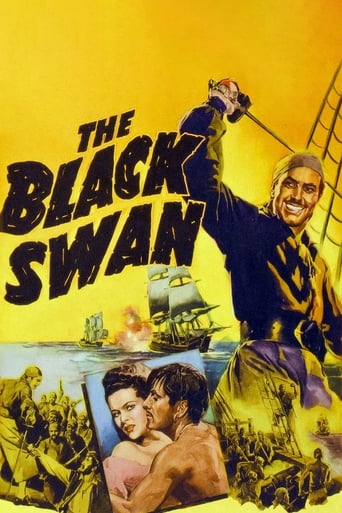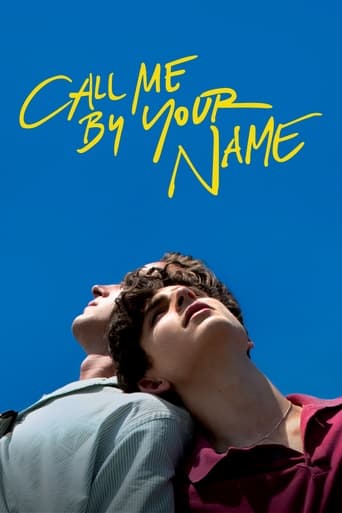Andromeda Nebula (1967)
Humans on spaceship named "Tantra" are exploring the unknown part of the Universe. The spaceship gets trapped by the mysterious Iron Star. The Iron Star's powerful force of gravity is to hold the spaceship for 20 years. The humans are facing a very tough survival challenge... Based on famous novel by Ivan Efremov.
Watch Trailer
Free Trial Channels
Cast


Similar titles
Reviews
Wonderful character development!
Very interesting film. Was caught on the premise when seeing the trailer but unsure as to what the outcome would be for the showing. As it turns out, it was a very good film.
It's a mild crowd pleaser for people who are exhausted by blockbusters.
Great movie. Not sure what people expected but I found it highly entertaining.
Magnificent costumes created in the spirit of the Russian avant-garde of the 1920s. in one of the scenes seen moving robot, reminiscent of the robot from the movie Star Wars
A very visually striking film about the crew of the spaceship the SS Tantra, tasked with a mission to explore and map an unknown sector of space, and the utopian society on Earth that sent out the craft, this was intended to be the first episode of a series of movies about the SS Tantra people's adventures but its public reception was apparently poor so the entire multi-film project was abandoned. The fact that "The Andromeda Nebula" wasn't intended to stand alone explains various anomalies about it: the parallel plots on the spaceship and Earth are very weakly connected and neither is resolved within the film's 77-minute running time; and the characters are very unevenly developed with only one character, Commander Erg Noor of the SS Tantra (Nikolai Kryukov who has third billing in the acting credits), being the most rounded of the lot and one viewers will most readily follow. The film's constant flitting between story-lines based on Earth and on the spaceship can be very confusing and viewers need to be very focused on the relationships among the various characters, in particular the possible love triangle involving Erg Noor, Vida Kong (Vija Artmane) and Dar Veter (Sergei Stolyarov) which perhaps explains why Vida refuses to commit herself to a relationship with Dar Veter, and the infatuation astro-navigator Niza Crete (Tatiana Voloshina) has for Erg Noor, to understand the entire film as it scrolls along.The SS Tantra is caught in orbit around the Iron Star and its crew intercepts a distress signal coming from a ship on a planet that also orbits the star. Erg Noor commands the ship to land on the planet and he leads a team to investigate. They find an alien spacecraft and also a ship from Earth, both having crash-landed on the planet. While trying to determine the cause of the disaster that befell the ship from Earth, the team is attacked by a mysterious predator that somehow penetrates a man's space-suit and eats him from within so that he simply disappears and his suit crumples up. The team retreats to the main ship but Erg Noor is determined to know the nature of the predator that manifests as a black shape-shifting cloudy mass, sends out electrical sparks and hides from intense light. The commander's stubbornness nearly costs the life of an important crew-member whose chances of surviving the trip back to Earth become remote.Back on Earth, Vida and Dar Veter become very close while Dar Veter gets involved in various creative projects that include archaeology. The futuristic society on Earth is presented as a happy and healthy outdoor-oriented utopia where the air and environment are clean, the weather is always sunny and young people freely choose the adult mentor they believe will guide them. People wear distinctive costumes partly inspired by ancient Greek clothing and designs, greet each other with unusual and particular gestures, and use large television screens to communicate and entertain one another: there is an early scene in which characters watch a colourful dance performance of a woman replicated in multi-shots put together on a large screen on a wall. There's no need for obvious pro-Communist proselytising because the future society itself is the propaganda.The ancient Greek influence finds expression in the set and costume design which tends on the whole to minimalism, graceful lines and simple patterns on pale or white backgrounds. In outdoor scenes this influence can be impractical (white clothes get dirty in archaeological digging work) and other scenes in which holiday rituals are celebrated look unintentionally (and hilariously) fascist with people lining up in robes before a giant statue of a hand holding a flame. The interior sets of the SS Tantra emphasise its spaciousness and smooth flowing lines with the futuristic technology hinted at: this is to demonstrate that the crew takes the technology for granted and regards it as a help. (Plus of course minimal sets are easy on the film's budget and the film "ages" more slowly and looks less dated over time.) Significantly the Tantra is not shown in its entirety in the film, avoiding the problem in "Ikarie XB-1″ where the spaceship looked very cheap and cartoonish, and exterior scenes focus on the exploratory vehicles, quite impressive and realistic in looks and design, that Erg Noor's team brings out to travel to the derelict spaceships. The enemy faced by the SS Tantra crew is very strange and creepy, created almost completely by the use of red and black-coloured smoke manipulated in ways to look almost life-like.Overall the film is of interest mainly to people keen to know how set design can influence the look, style and atmosphere of films and how stylised acting can give the impression of an unfamiliar, even alien society. The film's problems with characterisation and plot stem from its makers' assumptions that it would herald an ongoing series of films in which different characters, presumably all introduced in the first film, would star: the film does finish with a sub-plot cliffhanger near the end. Too many characters with little to do other than look good appear. " Nebula" might have worked better as a TV series of 1-hour episodes like a Soviet "Star Trek" than as a full-length movie. Perhaps its support for Communism was too subtle for government censors at the time and the dilemmas Erg Noor faces were politically incorrect: even spaceship captains, however fictional, should always know where their supreme loyalties lie.
A manned space-flight is trapped by the strong magnetic pull of an "Iron Star". The crew land on the surface and discover other downed spacecraft. They drive a cool land-cruiser, have a robot and encounter a shadow-like entity that can "eat" crew members through their spacesuits, and doesn't like light. Meanwhile Earth of the future is a peaceful Communist utopia that resembles Ancient Greece! Characters discuss the compression of time, and watch satellite images on a huge screen, including a woman dancing in red silhouette against the backdrop of space, 300 years ago!?! The 66 min (jumpy, faded quality) DVD print i saw (it was originally 77) had very badly translated subtitles, so i may be missing something. There's also a romantic subplot. Confusing as this was, i really dug the evocative alien planet scenes (real pulp fiction art come to life), and the entire movie is visually very impressive. I also liked the scene of recreational trampolining aboard the spaceship (in the background), and the odd soundtrack of repetitive organ stabs. With Sergei Stolyarov, Vija Artmane, Nikolai Kryukov and Gennadi Yukhtin. It's based on the 1957 novel by Ivan Efremov (1908-1972), a real-life scientist who developed Taphonomy, a fossilization science in the 1940s. Shot at the Ukrainian Dovzhenko Film Studios, a proposed second part (based on Efremov's follow-up novel The Bull's Hour) was never made.
This film was considered for some strange reason as not really successful (may be it was politically incorrect for its time) and almost not shown and theatres and TV. I saw it only once in 1990 during "Old Sci-Fi festival" but I have to say it's best Russian I saw. Actually in USSR there were almost didn't filmed sci-fi an thrillers. This film in somewhat very similar to Kubrik's Space Odyssey. Probably it well-made, decorations, dress-ups , scenes build strong (as if for real use) and not from plastic and paper. Also people shown at this movie, their interests, behavior and motivations so different from modern's. All this give you a strong filling of future life. This is true, good old-fashioned Sci-fi. Not Hi-tech westerns like Terminator or hi-tech tales like Star Wars. Also it based on very serious story, considered as one of the keystones of Russian postwar sci-fi. Shortly speaking - Good, old-fashioned, space travel pure sci-fi.

